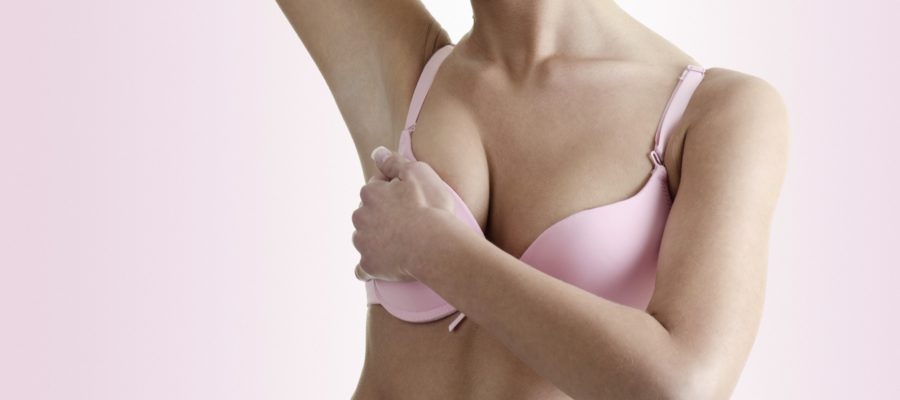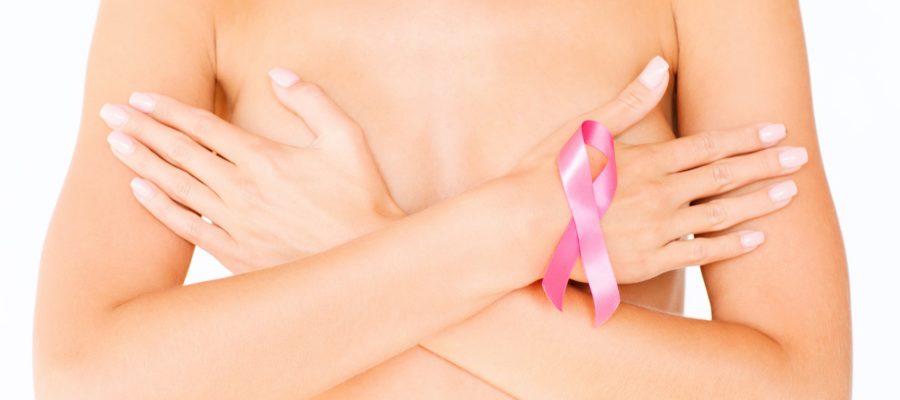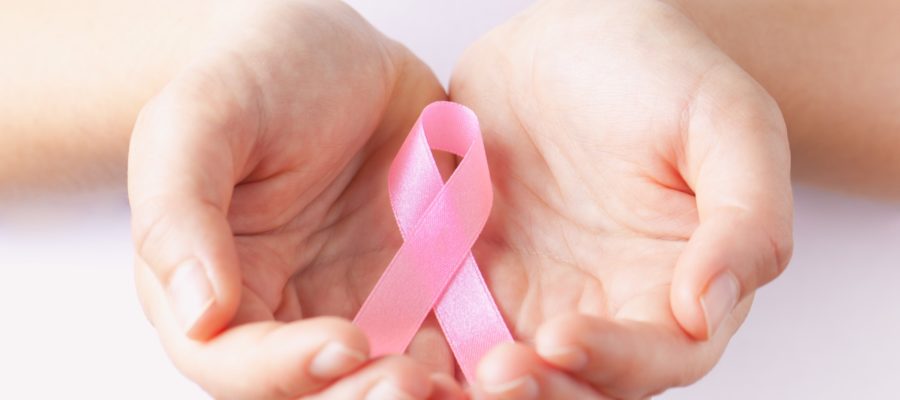Breast cancer affects one in nine women. Aims of the treatment are both the radical removal of the tumor and the reconstruction of an aesthetically acceptable breast. The reconstructive step should be initiated during the same procedure of tumor removal, in order to provide for a better result, to reduce the incidence of depression and provide for a mental well-being.
The reconstructive procedure depends on the oncological removal and could be summarized in the two following categories:
- lumpectomy / quadrantectomy
- mastectomy
Lumpectomy - quadrantectomy
This surgery consists in the removal of the tumoral nodule with a safety margin. In some cases radiotherapy is indicated. Plastic Surgery could be effectively performed with two aims:
- Remodeling of the gland. This procedure aims to reshape the residual mammary gland and avoid profile irregularities
- when breast ptosis or hypertrophy is observed, the removal of the tumor could be effectively associated to a breast lift or reduction.
Mastectomy
This procedure consists in the removal of the mammary gland with or without the nipple-areola complex. Breast reconstruction could be performed mainly in two ways:
- Reconstruction with expander and silicone implant. This is the common reconstruction technique and is indicated when radiotherapy has not been performed. This procedure consists in the placement of a special breast expander below the pectoralis major muscle. A expander is a special implant that can be inflated with saline solution through a special integrated valve on its surface. The expander is inserted almost empty. Two weeks after the procedure the surgeon inflates the expander with a needle percutaneously every week until a satisfactory volume is achieved (usually the expansion lasts two or three months). When the desired volume is obtained, the expander is removed and a definitive silicone implant is placed. The definitive implant has a texture and shape more similar to the natural breast. During the same procedure eventually asymmetries or aesthetic defects among the two breasts can be corrected.
- Autologous reconstruction. This option is applied in those cases when radiotherapy has been performed or when the patient refuses the reconstruction with an implant. The most common options for autologous breast reconstruction are:
- Latissimus dorsi This flap includes a large muscle of the back and an island of overlying skin. This flap is harvested from the back maintaining its vascular connection (called “pedicle”, in this case coming from the axilla). This reconstruction is indicated for small or medium-size breasts.
- DIEP This flap consists in an island of skin and subcutaneous tissue harvested from the abdomen along with its vascular pedicle, coming from the deep inferior epigastric vessels. The pedicle is interrupted to allow the positioning of this tissue in the pectoral region to recreate the breast. The pedicle vessels are then connected with the aid of a microscope (in jargon "anastomosed") with the vessels of the recipient site. This procedure allows to perform a breast reconstruction along with a tummy-tuck procedure. This procedure is able to reconstruct even large breasts, although an abdominal excess of tissue is necessary.
During each reconstructive procedure, the surgeon can restore a satisfactory breast symmetry acting on the contralateral breast with a reduction, pexis or augmentation.
The reconstruction of the nipple-areola complex
The Nipple-Areola Complex (NAC) is not recreated during the main reconstructive procedure. In fact slight modifications could occur in the new breast (e.g. ptosis) as long as in the contralateral (in case of symmetrization procedure, 6 months are usually required to achieve the definitive appearance). For this reason, the NAC reconstruction is performed at least 6 months after the main reconstructive procedure.
The operation consists in the creation of a salience through two small cutaneous flaps. The characteristic pigment also is provided through a tattoo. The color is chosen according to the contralateral nipple.
Small refinements and the role of lipofilling
Slight modifications and asymmetries could occur after breast reconstruction. In these cases, lipofilling is able to correct these defects. This process is able to address the following issues:
- Lipofilling is able to provide additional volume
- Shape asymmetries. Cutaneous depressions or contour irregolarities could be effectively corrected with this technique. Lipofilling allows a precise and quick contour correction
- Scars can change over time, producing adhesions, skin retractions, depressions. Lipofilling is able to restore a physiological contour and to improve the quality of the scar, concerning touch and texture.



